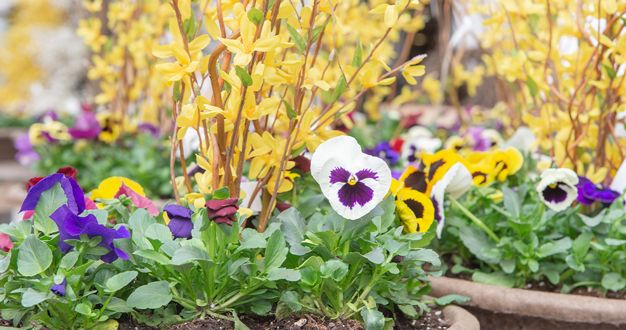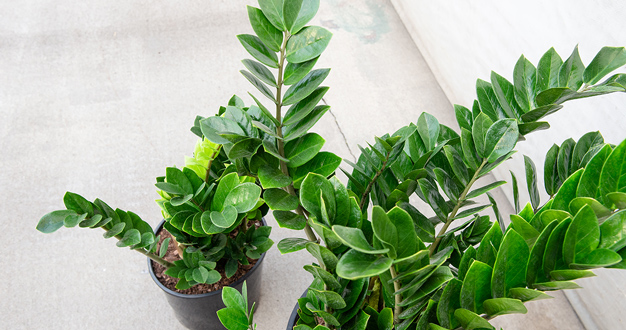
You have a brand new, beautiful houseplant in your hand, and of course it needs a new pot to call home. With so many options in material, shape, size, and drainage characteristics how do you decide on the right one? The style you choose – including the finish and color you like or whether you go for modern, classic, or one sporting a whimsical face – is up to you and your creativity. But there are some practical considerations too. Here, we walk you through the process of finding just the right pot – both for your plant and your space.
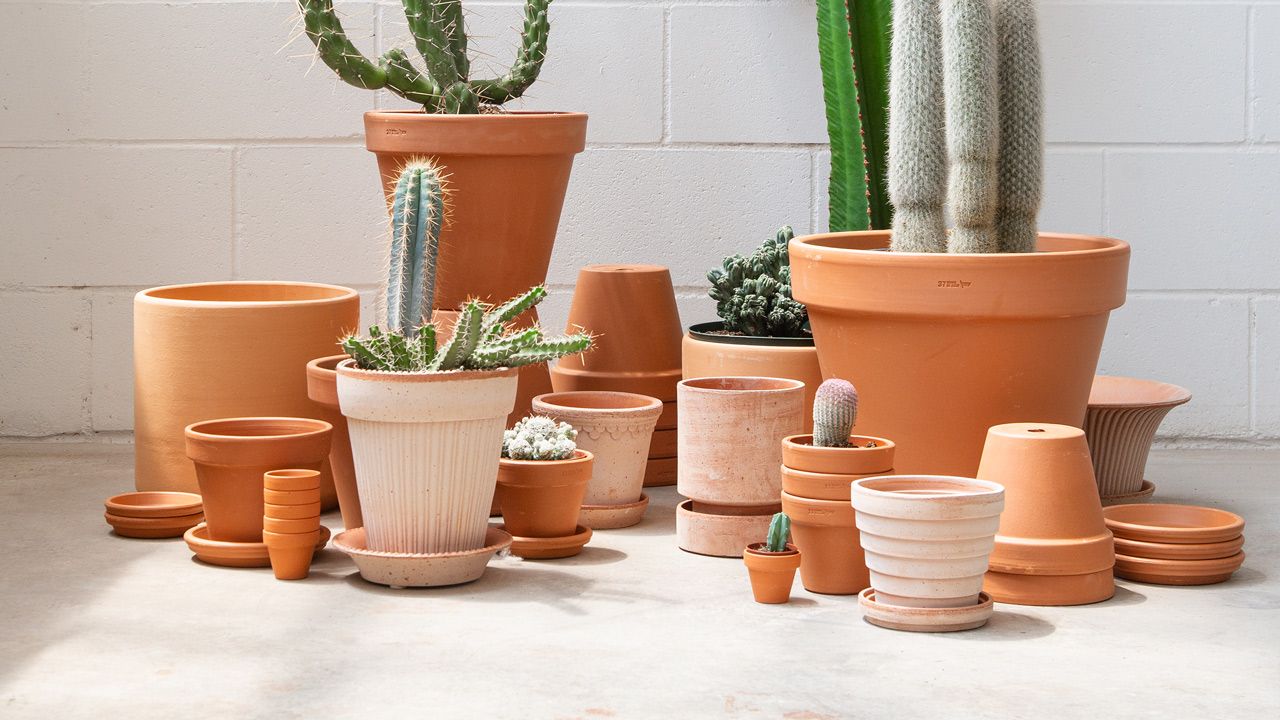
Material
Indoor pottery comes in a wide variety of materials – ceramic, terra cotta, wood, porcelain, glazed clay, fiberclay, cement, plastic, even glass – and the one you choose will depend largely on your own personal style. But there are some plant-related considerations too. If you have a tall floor plant, consider using a heavy material that won’t tip as easily – like terra cotta, glazed clay, or cement. For a lightweight option, you might choose fiberclay or plastic. If you tend to overwater your plants, terra cotta is a good choice because its breathability can help the soil dry a little faster. Or if you underwater, you might choose a nonporous container like glazed clay or plastic to hold in the moisture.

Drain Hole
Another important decision to make involves planting. Will you transplant your plant directly into your new pot? Or, will you leave the plant in its grow-pot and simply set it into the decorative pot? The second option is called “staging,” and it’s often the easiest and healthiest choice for a new plant – especially if the pot you choose doesn’t have a drain hole. That way, you can just remove the plant for watering and pop it back in its place when you’re done.
Planting directly into a pot with no drain hole is an option too. Just be sure you’re well-versed in careful watering techniques to prevent issues from overwatering. If you’re unsure or have a plant that’s especially sensitive to overwatering – like a cactus – you’ll likely be much happier with the outcome if you stage your plant or choose a container with a drain hole.

Size + Shape
Whether you’re repotting it or staging your plant in its new pot, the best size to choose for both plant health and visual balance is one that’s very close to the grow-pot the plant is already in. In our collection, you’ll find pots that easily fit the most popular grow-pot sizes and make it easy to drop in a staged plant.
If you’re planting directly into the new pot, choose one that’s only one or two inches larger to prevent issues with overwatering – and to keep the plant from looking overwhelmed by its pot. For small cacti, which need very little moisture, look for the smallest container that will accommodate the roots. You’ll also find that some pots are designed to be shallow – these are perfect for cacti, succulents, pothos, pilea, peperomia, and other plants with a shallow root system.
Our small and medium indoor pots are perfect for displaying plants on tabletops, windowsills, mantels, and desks. But if your plant is tall and will sit on the floor, we have pots for that too. For an especially tall plant, you’ll want to avoid choosing a container that’s narrow at the base and more likely to tip. And trailing plants like pothos, string of pearls, and hoya look their best in a hanging pot that shows off all that beautiful trailing foliage.

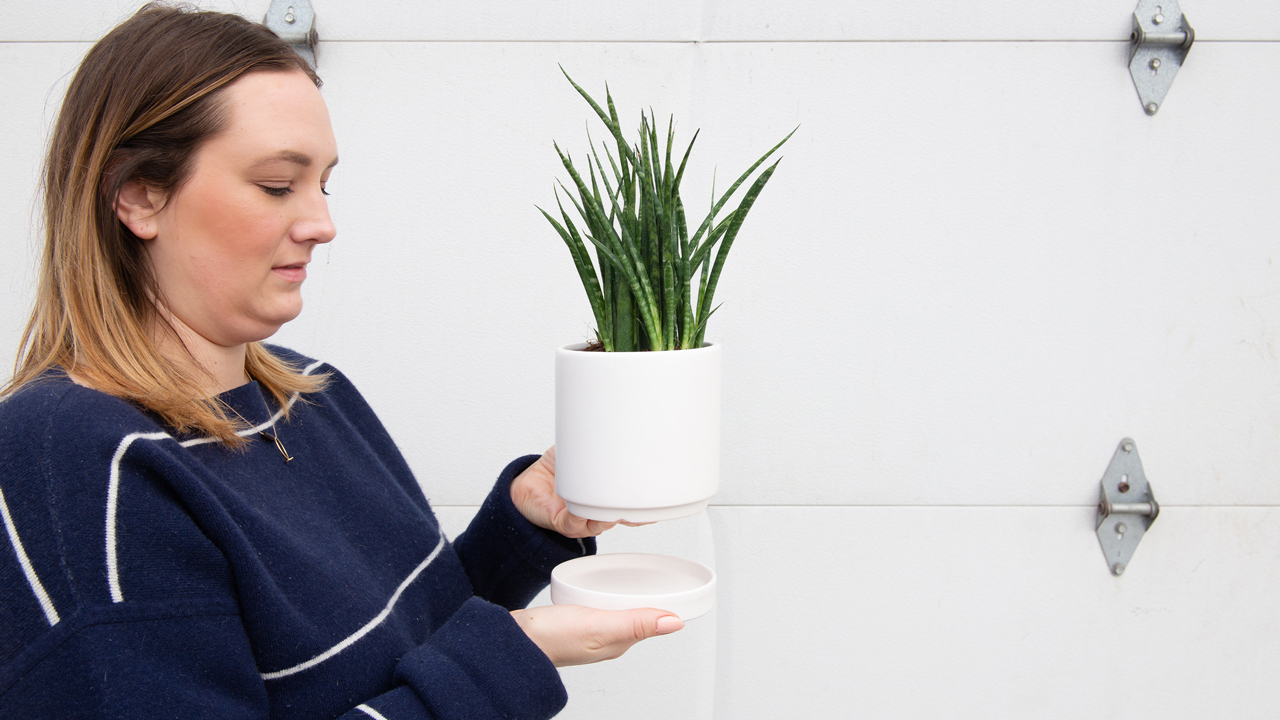
Saucer: Attached or Not?
When using a pot with a drain hole, you’ll want to use a saucer to protect the surface underneath from becoming damaged by lingering moisture in the soil. Saucers for pots come in one of two basic designs: attached or detached. A detached saucer may look like a seamless part of the overall design of the container, or it may be a completely different piece chosen separately. Either way, you can remove a detached saucer to pour out any excess water and keep it away from the soil – a healthier choice for most plants. An attached saucer, on the other hand, can’t be removed from the container, so to drain the excess water, you’ll need to tip the entire plant to the side.
Whether the saucer is attached or detached, it’s also helpful to consider its water-holding capacity. A deeper tray holds more water, and although it’s not a good idea to let most plants sit in excess water for long, this extra capacity allows you move from plant to plant with less fear of overflow as you water your collection. Shallow drain trays still do a great job of protecting underlying surfaces from moisture in the soil, but require a little more caution when watering.
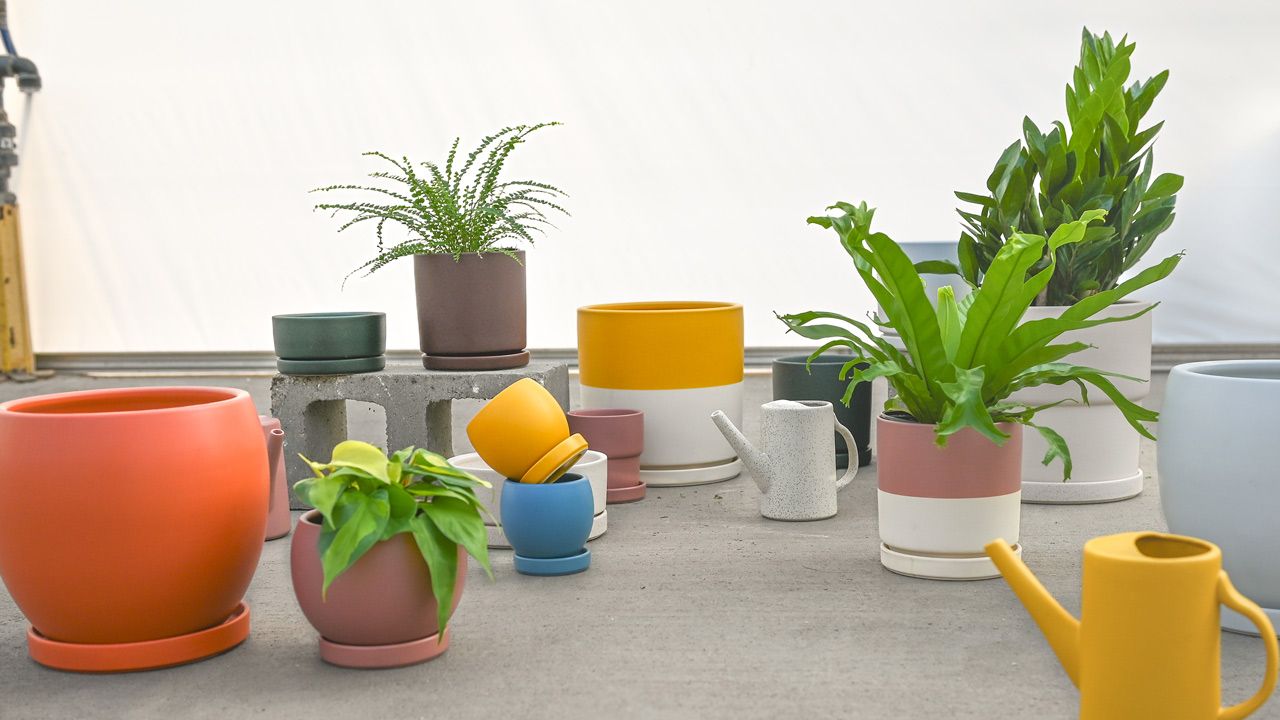
Find the Perfect Pottery
Bringing a new plant home is always exciting, especially when a new pot is part of the deal. Before you head home with your beautiful new plant, take a walk through our collection of indoor pottery – we think you’ll find something inspiring there too. And if you’re not sure, just ask our team. We’re always happy to help.


